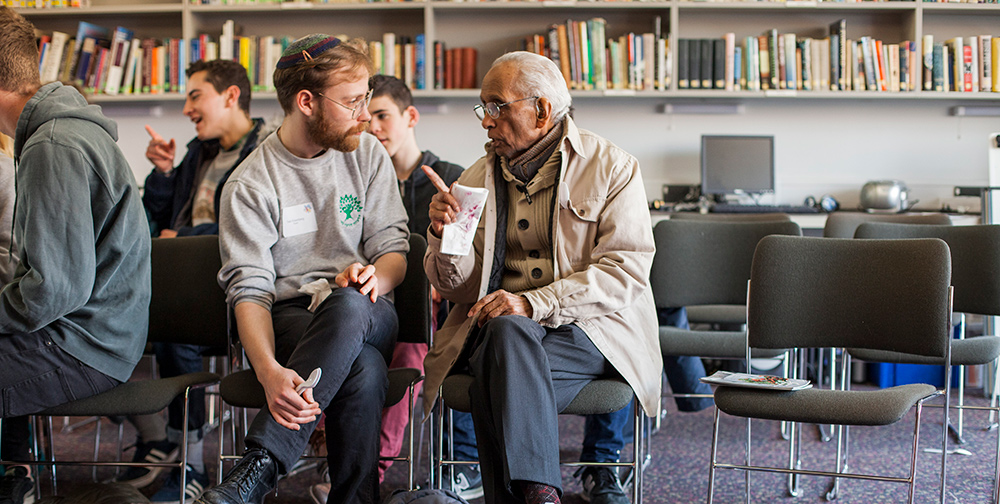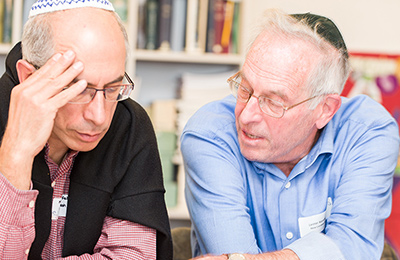Pekudei

Despite not being the most outdoorsy of people, I spent many years in the Scouts, desperately trying to put up tents on a Friday afternoon before Shabbat came in, hammering tent pegs (and sometimes my fingers) and trying to stop the tent from flying away.
I think back to those experiences during these weeks of reading about the construction of the Tabernacle, the Mishkan, the portable sanctuary in the wilderness, and all the effort that must have gone into putting it up and taking it down for the 40 years of travelling.
The rabbis note a discrepancy in our Torah reading of Pekudei, seeing a contradiction between Exodus 40:17, which says that “the Mishkan was set up”, and the next verse, 40:18, which begins “Moses set up the Mishkan.” How could it be that it was set up, using the passive form of the verb, hukam, and also that Moses set it up?
In Midrash Tanchuma Pekudei 11, we read that the people finished the work on the Mishkan and brought it to the wise people, but they couldn’t set it up. Then they brought it to Betzalel and Oholiav, the architects of the project, but they too could not set it up.
They brought all the parts of the Mishkan to Moses (as we read in Ex 39:33) and asked him if they had done the work according to God’s instructions, and Moses confirmed that they had. So why wouldn’t it stand up?
God called to Moses and explained: “You were pained that you had no part in the work of the Mishkan, so it came to pass that none can put it up but you. I want all Israel to see that if you don’t put it up, it will never go up.”
Moses asked: “How do I put it up?”
God replied that he just had to touch it.
And so immediately when Moses put his hand to the structure, the whole Mishkan erected itself.
If only the scout tents had been so easy!
The midrash reconciles the verses by explaining that while it was Moses who took the action, hence the active verb, in a sense the Mishkan put itself up, explaining the passive verb in the previous verse.
In the bigger picture, however, I think the rabbis are trying to say something about group acts of creation, about building community itself.
The Israelites look at all the pieces of the Mishkan and don’t understand why it doesn’t just come together into the finished product. They have given everything to make this project happen and yet they can’t make it bigger than the sum of its parts.
It takes Moses, the leader of the people, the only person to have had no role in the construction thus far, to take the final step and bring life to the project.
The midrash is trying to tell us that communal projects need buy-in, that everyone needs to be involved in the task, up to the highest rank in the community. The leaders can’t sit by while the work is done, they have to get stuck in.
But at the same time, without overall vision, without the perspective of a Moses, the pieces cannot come together and create the living whole. When the right leader comes along, with a seemingly simple touch, they can make all the parts work together like a well-oiled machine.
Rabbi Roni Tabick is the rabbi of New Stoke Newington Shul.




